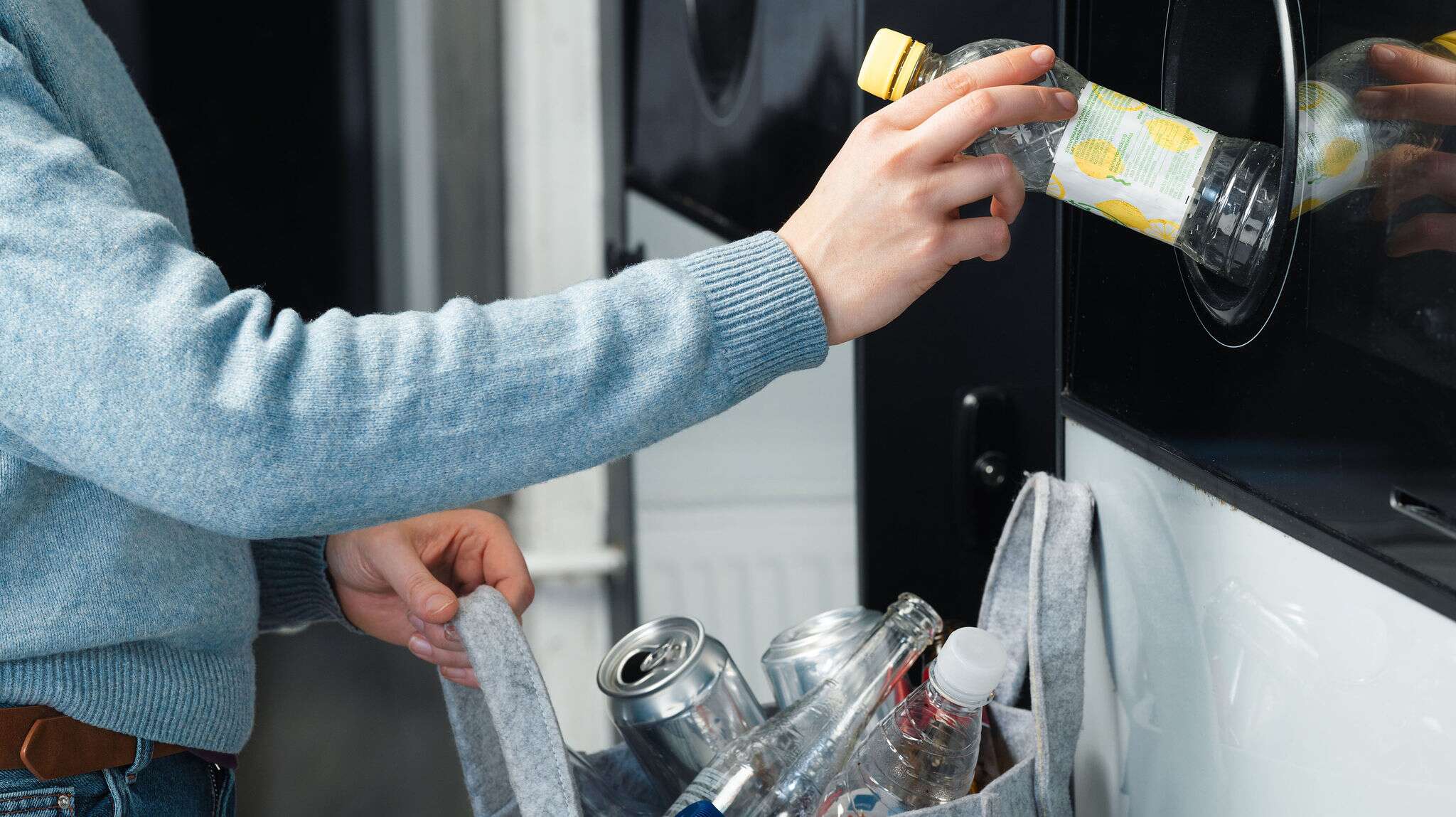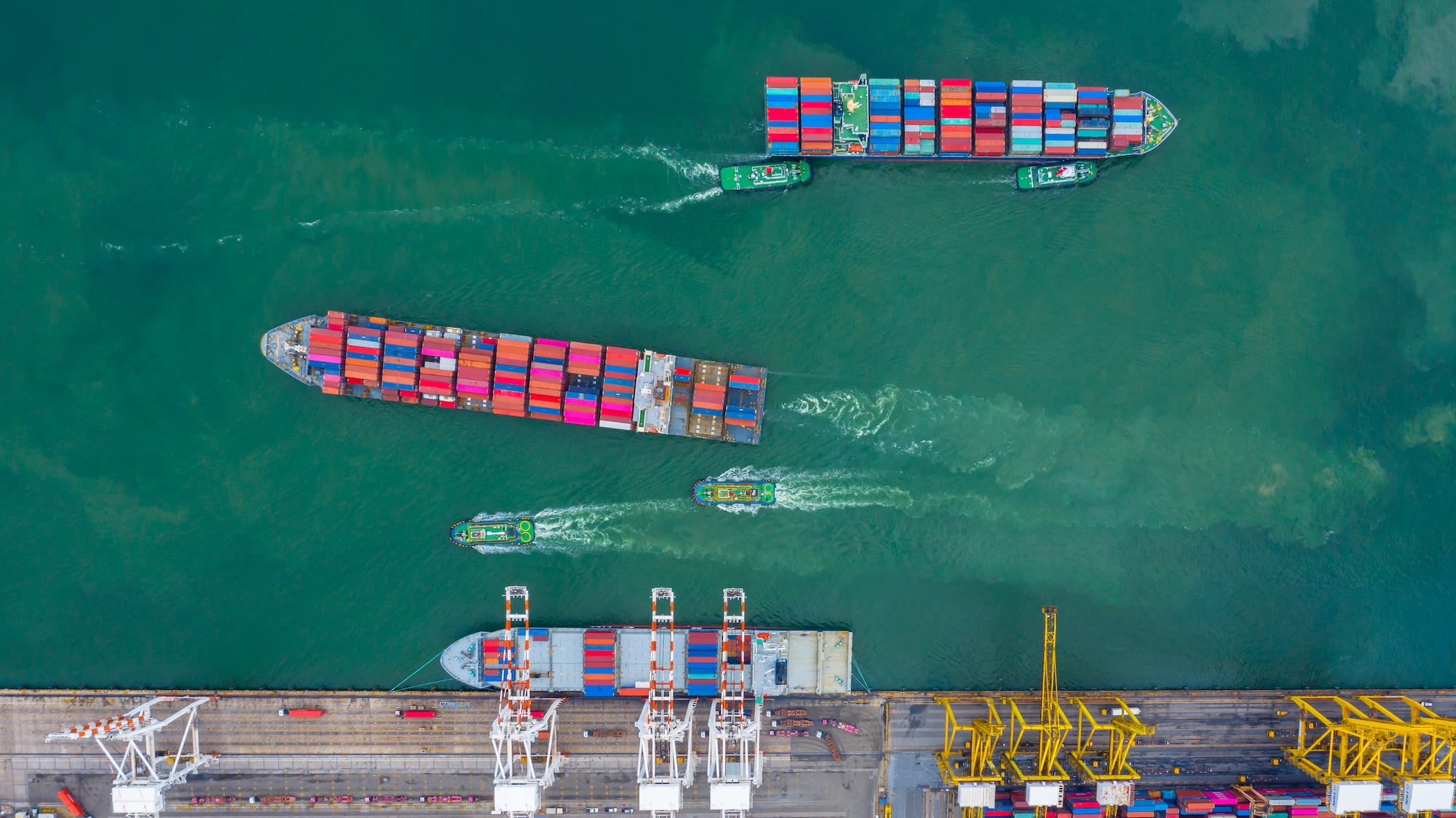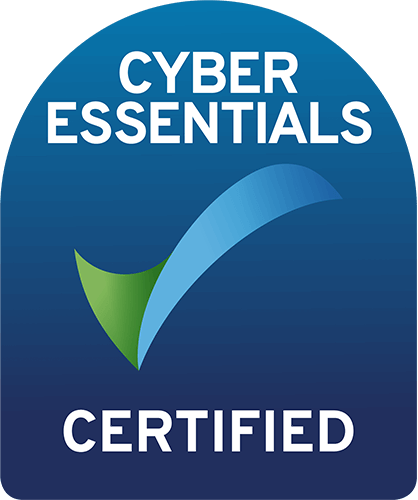Name: HolyGrail 2.0
Founded: HolyGrail 1.0: 2016-2019, HolyGrail 2.0: 2020-2024, HolyGrail - 2030: 2025-2026
In brief
Accurately sorting plastic waste has long been a bottleneck in post-consumer recycling. A lack of industry alignment kept even the best innovations from scaling until Procter & Gamble, PepsiCo, Mondelēz International, and other major brands came together to accelerate R&D and bring digital watermarks to commercial scale.
The sorting challenge
Despite decades of effort, recycling plastic packaging remains a global stumbling block. Post-consumer packaging comes in such a wide variety of formats and materials that accurately sorting them for recycling requires significant technical innovation and investment. As a result, recycling streams are routinely contaminated, recyclate quality remains low, and businesses find little incentive to invest in packaging redesign.
Influenced by the impending EU Packaging and Packaging Waste Regulation, novel technologies have emerged in the last decade to improve the detection and sorting of post-consumer packaging waste, such as ‘tagging’ items with unique codes. But the lack of common standards and full industry alignment has stalled technical development.
The HolyGrail initiative – collaboration as an unlock
To tackle this challenge, companies from the Ellen MacArthur Foundation's Plastics Initiative, including Procter & Gamble, Veolia, and others across the value chain, came together to form HolyGrail 1.0. Pooling the companies’ knowledge, HolyGrail 1.0 developed a unified vision for how marking technologies could add value and assessed different ‘tagging’ technologies for enabling high-quality plastic waste sorting at scale.
After assessing potential technologies, such as chemical tracers, the most viable proved to be digital watermark technology due to its ability to work across applications and be retrofitted into sorting facilities. But since the technology was new, it was unclear whether it could scale and whether it would deliver benefits across the value chain.


Digital watermarks are optical codes embedded into packaging artwork on moulds. They are about the size of a stamp and invisible to the naked eye. These codes carry extensive information about the packaging, such as material type, stock keeping unit, and other manufacturer data. Detection sorting units with high-resolution cameras and processors can read these watermarks to produce more specific and high-quality sorting packaging.
In 2020, the initiative evolved into HolyGrail 2.0 to collectively accelerate R&D for digital watermark technology. Facilitated by AIM, the European Brands Association, HolyGrail 2.0 introduced a low-barrier membership model to get full value-chain representation. Its leadership team comprised representatives from brand owners and retailers, as well as sorters, recyclers, PROs, and converters, but excluded those with direct commercial interests, like machine and/or technology suppliers, to maintainmaintainKeep a product in its existing state of quality, functionally and/or cosmetically, to guard against failure or decline. It is a practice that retains the highest value of a product by extending its use period. transparency and neutrality.
Advanced sorting technologies like digital watermarking can separate plastic packaging accurately and transform it into higher-value secondary base material. This increases the economic viability of the recycled material and represents a unique opportunity for the industry to work together towards creating a more circular future within the EU.
– Richard Akkermans, European R&D Packaging and Sustainability Manager at Mondelēz
Testing for real-world readiness
To ready digital watermarks for commercial use, HolyGrail 2.0 needed the technology to first and foremost reach Technical Readiness Level 9: the technology had to work not just in isolation, but at scale and in real-world conditions. This meant the HolyGrail 2.0 team had to test the full system – its high-speed detection hardware, its smart sorting software, and its deployment in commercial facilities. To do this, the team organised its efforts into nine work packages covering everything from data management to business development.
Phase 1: Develop and test the add-on modules for the detection sorting units to ensure they can read the digital watermarks. Developed alongside machine vendors Pellenc ST and Tomra, and the selected provider Digimarc, the add-on modules successfully detected digital watermarks at rates of over 96% in the control test.
Phase 2: Test the software model and identification parameters for sorting in an operational environment. The two validated prototypes were then installed in facilities to continue the testing for speed and accuracy, namely the Amager Resource Centre (ARC) in Denmark and TOMRA's headquarters in Germany. Detection rates of 99% and purity rates of over 93% were achieved for selected attributes in a semi-industrial site. An Open House was held for all member companies to see the system in action by late 2021.
Phase 3: Deploy real packaging with digital watermarks in commercial sorting and recycling facilities under normal conditions at scale. These industrial-level trials effectively demonstrated the ability of digital watermarks to separate marked packaging items from a mixed waste stream with a high degree of granularity. Tests were conducted on various packaging types and formats enhanced with digital watermarks and brought to the market by companies such as P&G, Netto, Mondelēz, and ALDI – and proved digital watermarks could both separate with high granularity and reduce impurities.
Financing: HolyGrail 2.0 was funded through member contributions and philanthropic funding from the Alliance to End Plastic Waste and the City of Copenhagen. Membership fees supported core operations, while philanthropic partners funded the R&D trials. Participating companies also made direct investments – a sign of shared risk and commitment across the value chain. Significant upfront investment is required to transform sorting infrastructure, design packaging for detection, and build alignment across the industry. By pooling resources and coordinating action, the collaboration has sent a clear market signal that’s attracted external funding.
Proving the case for scale
With technical feasibility established, HolyGrail’s next goal is to test the economic viability not just of digital watermarking but also the full recycling system, including the technologies needed to convert sorted materials into high-quality recyclates. The new initiative HolyGrail 2030 – Circular Packaging will focus its efforts towards defining a clear business case and return on investment for all stakeholders, while exploring complementary innovations such as AI object recognition.
But one barrier to scaling still stands: “Who moves first?” Material recovery facilities and recyclers want high volumes of watermarked packaging before investing in detection technology and new sorting flows, while brand owners hesitate to invest in watermarking if there’s no infrastructure to read it.
“It's the chicken-and-egg dilemma: Manufacturers need certainty as to the existence of a proper infrastructure to read their enhanced DW packaging before investing resources in artwork adaptation – which cannot happen if the waste management facilities aren’t adopting the system for reading DW. Vice versa, it’s hard to convince the sorters and recyclers to invest in retrofitting and scaling up if there are not enough volumes of watermarked material in the market.”
– Margherita Trombetti, Project Manager AIM
Anticipating this dilemma, the HolyGrail leadership is encouraging brand owners and retailers to integrate digital watermarks into routine packaging updates. This approach lowers costs and builds the volume of marked packaging needed for recyclers and recovery facilities to confidently invest in retrofitting their systems.
A blueprint for accelerating innovation for a circular economy
By jointly investing in R&D, the participants in HolyGrail 2.0 brought a complex industrial technology from concept to market in just a few years. Brand owners, retailers, recyclers, and other stakeholders across the system each played a role in designing a solution under real-world conditions, showing that the barriers to circularity – technical, economic, organisational – can be tackled through coordinated action across the value chain.
Adoption also depends on coordination beyond the private sector. To facilitate it, HolyGrail is working with local and national authorities, policymakers, and other similar consortia like itself. It has also developed knowledge-sharingsharingThe use of a product by multiple users. It is a practice that retains the highest value of a product by extending its use period. agreements with international groups such as Canada’s Circular Plastics Taskforce, which is trialling watermarking on flexible packaging in Canada.
Digitalised waste management infrastructures are one of the many innovations needed to build a circular economycircular economyA systems solution framework that tackles global challenges like climate change, biodiversity loss, waste, and pollution. It is based on three principles, driven by design: eliminate waste and pollution, circulate products and materials (at their highest value), and regenerate nature. for plastic packaging. But without coordination at the system level, even promising advancements in material design, traceability, or reprocessing can end up isolated or incompatible. HolyGrail offers a better way to sort plastic, but more than that, it offers a blueprint for how business-led collaboration can accelerate the kind of change that keeps plastics in circulation and out of the environment.
Prompts for action
Where in your value chain is innovation stalled because no single company can act alone due to prohibitively high risk, investment, and coordination?
Which emerging technologies or innovations could become more effective and widely adopted through cross-value chain collaboration, and where could you lead such an effort?
Who among your competitors and value chain are facing the same challenges or share your innovation goals, and what would it take to co-invest in a shared solution?






